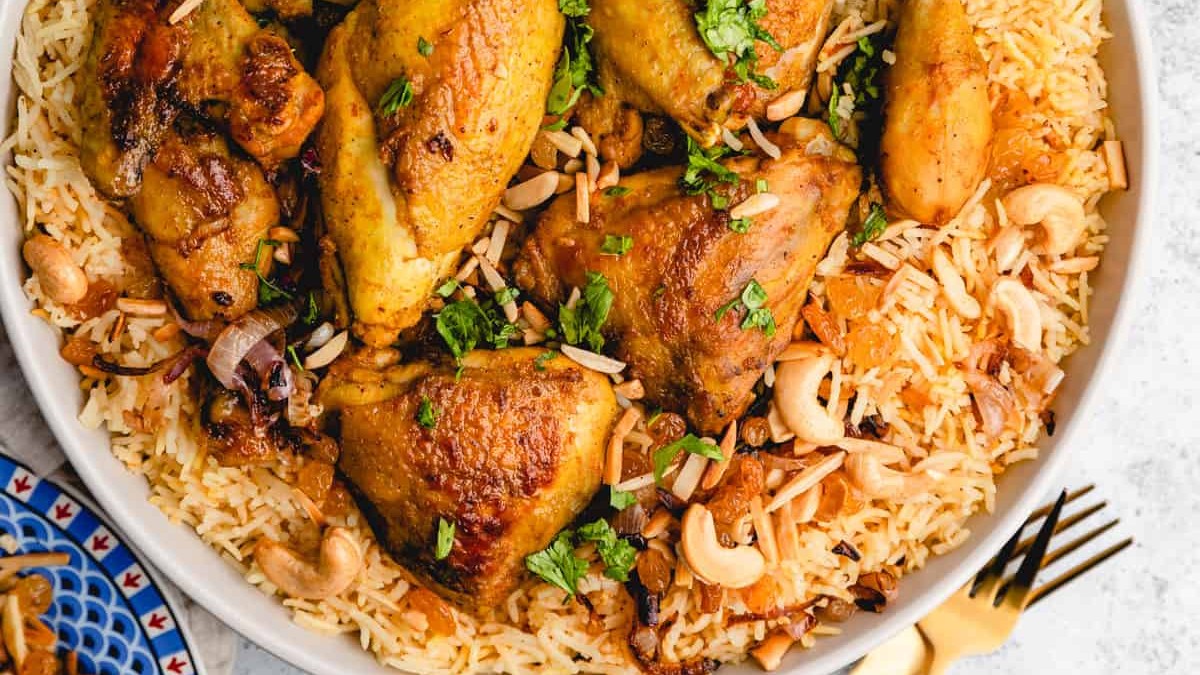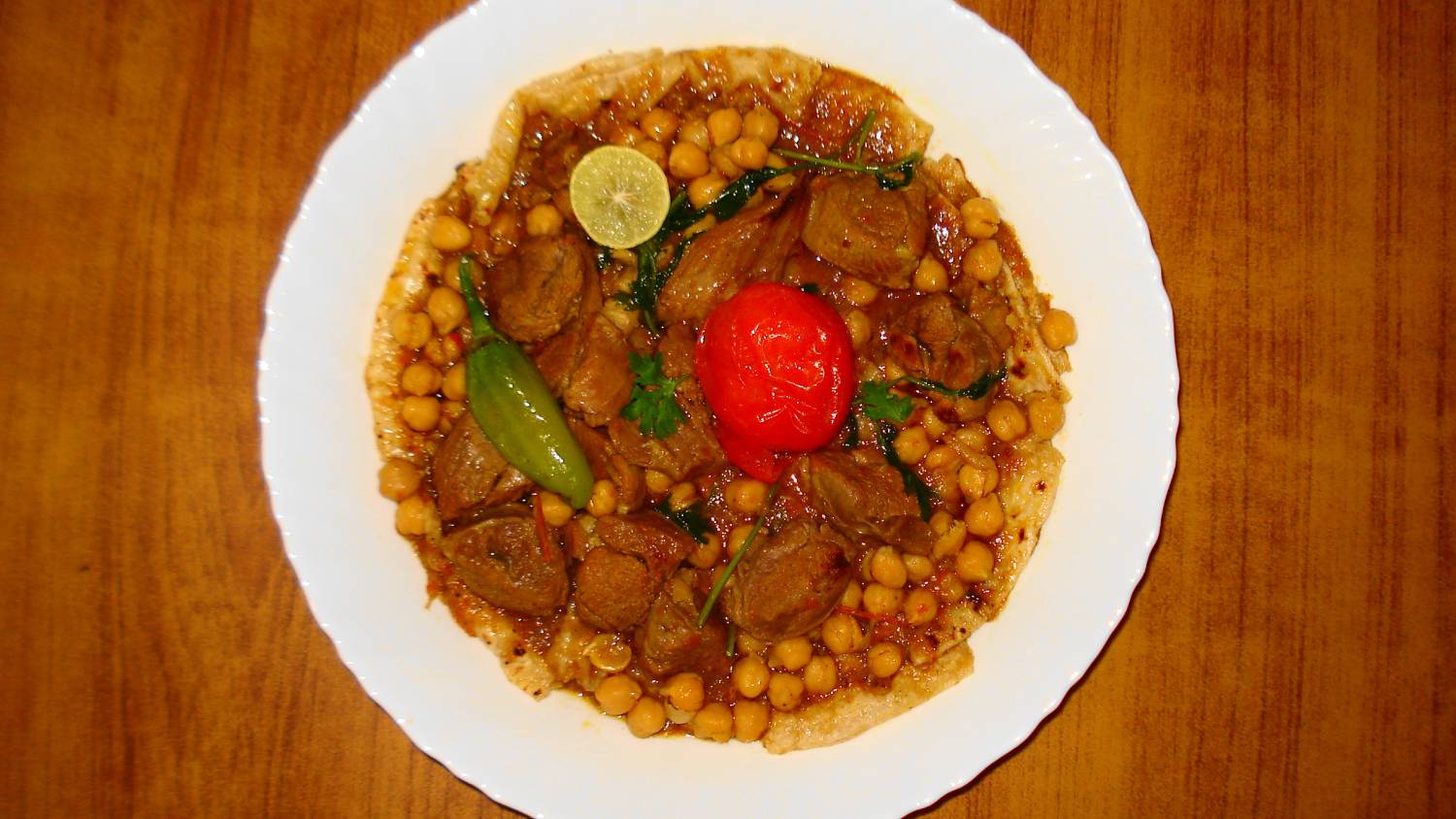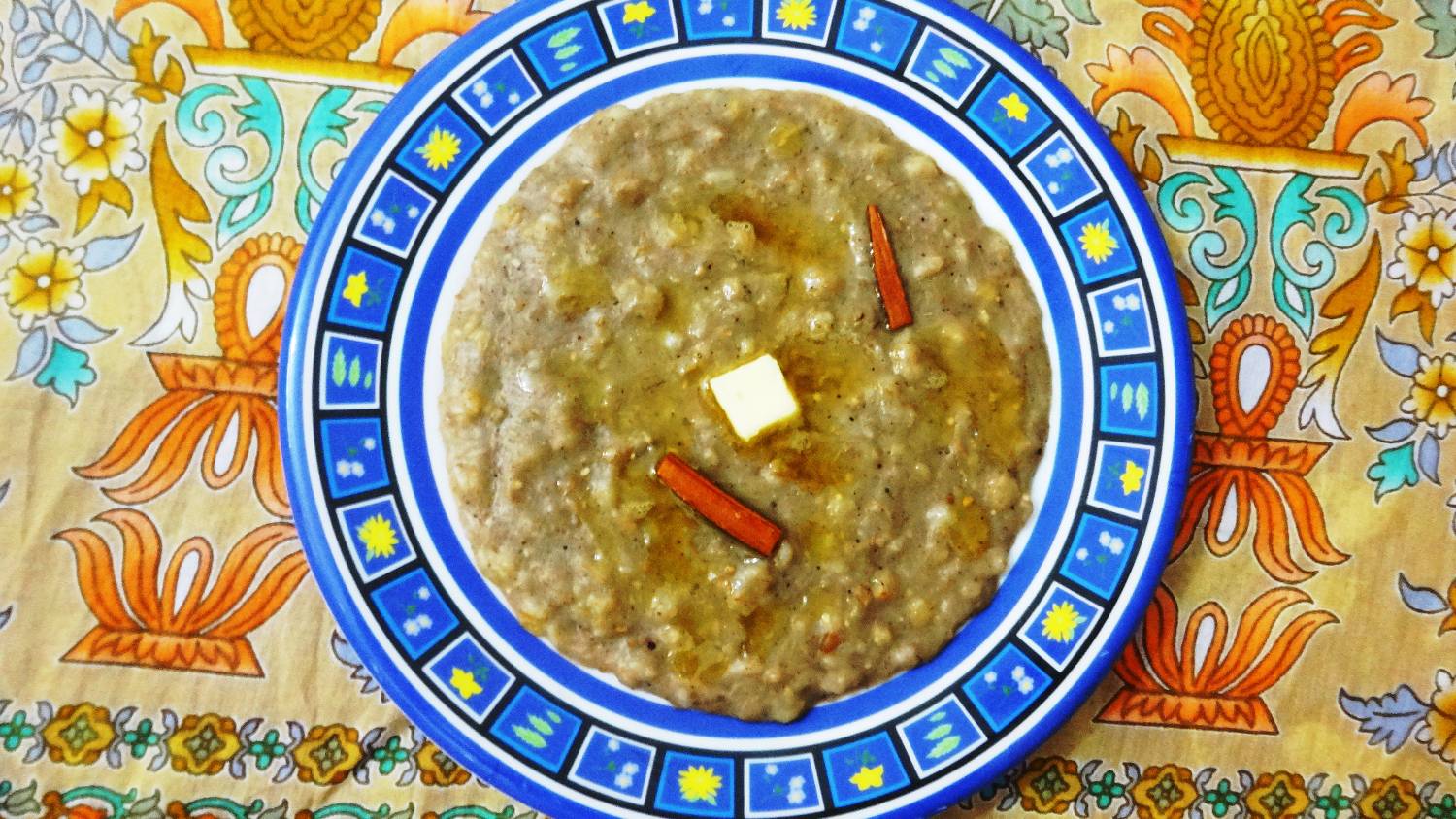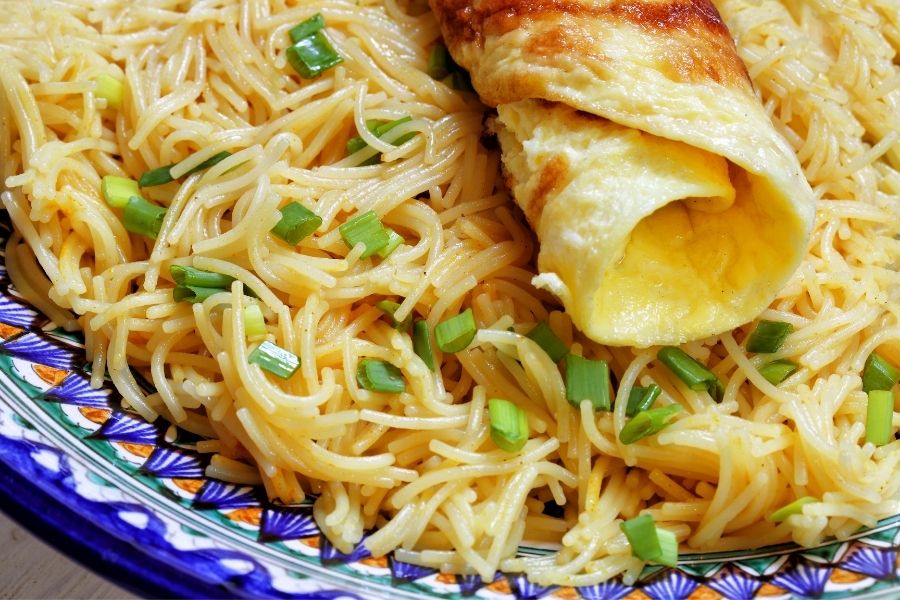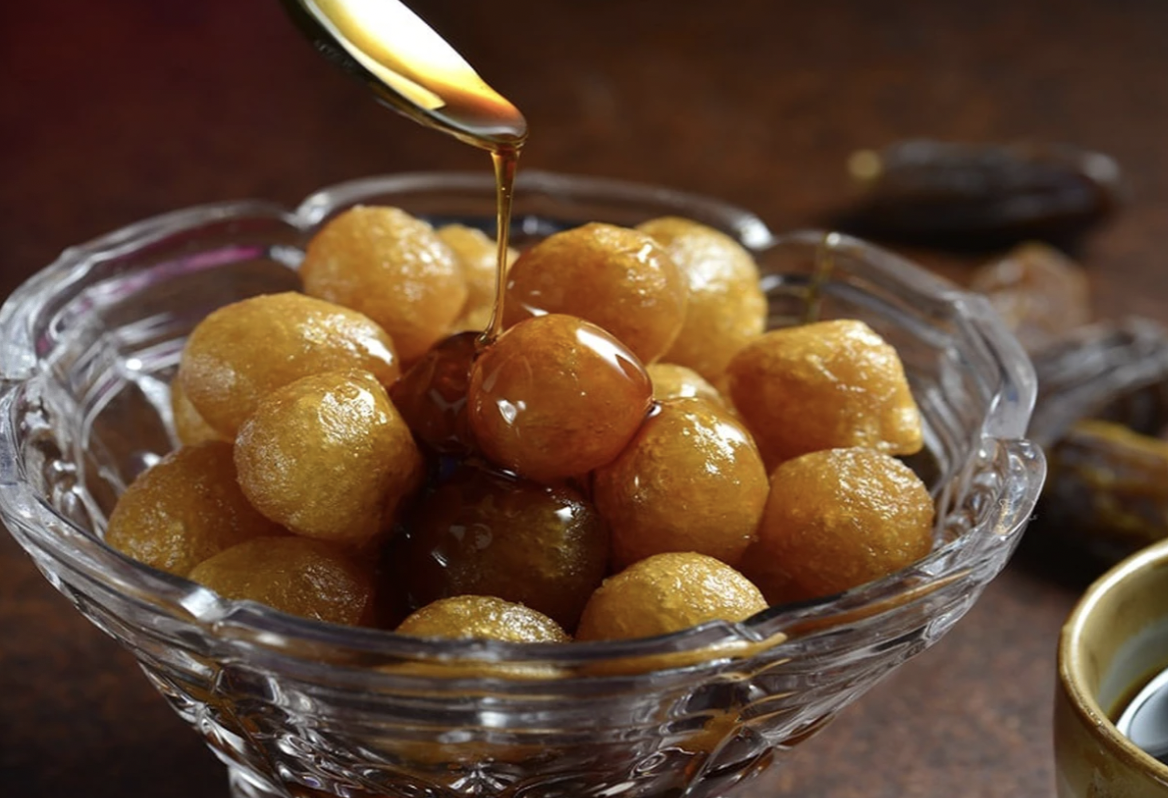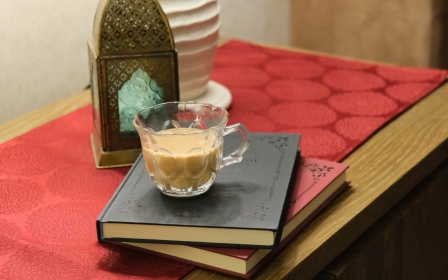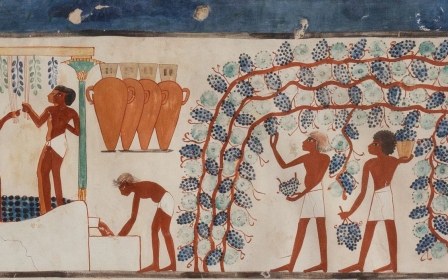Qatar World Cup 2022: Seven foods that are distinctly Qatari
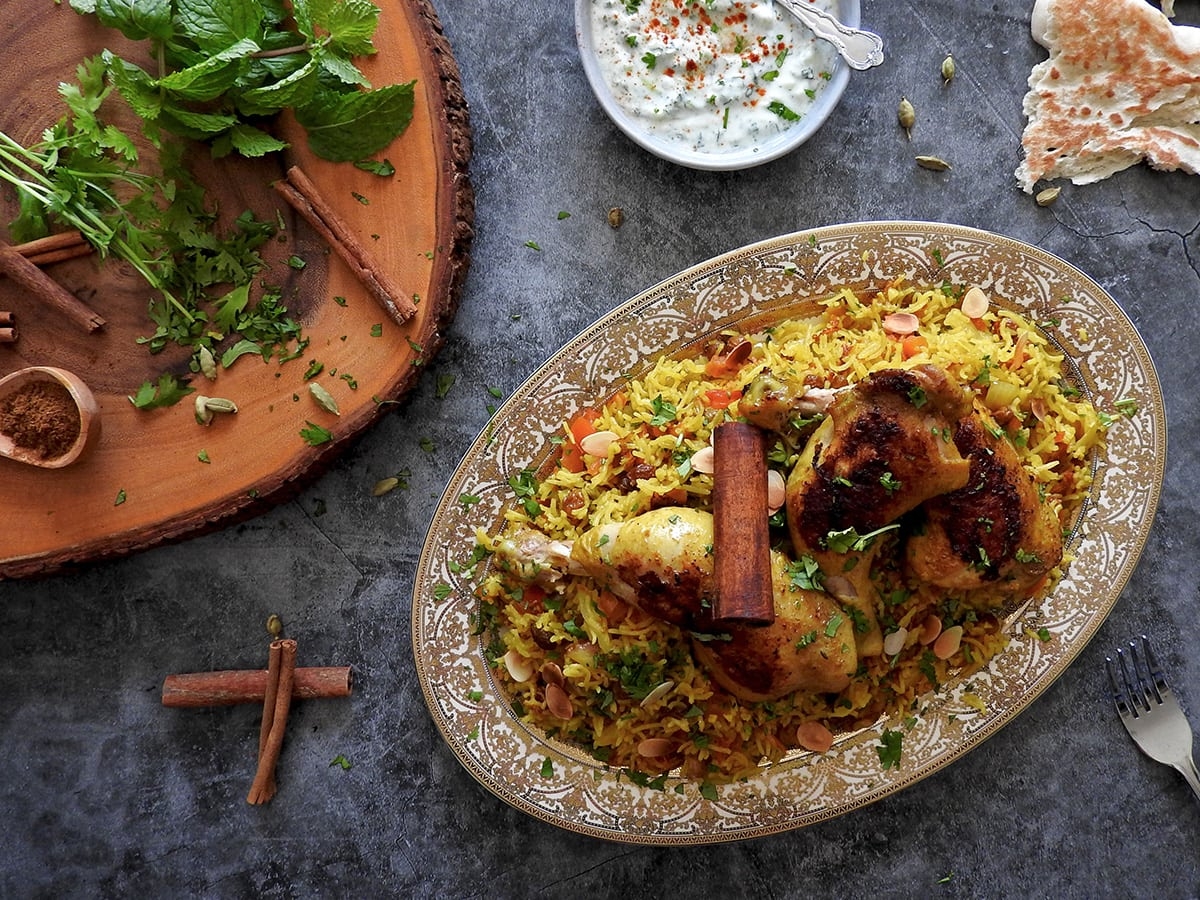
As the World Cup draws closer, and thousands of people start to flock to Qatar, it's only natural that many will want to indulge in some of the country's local and traditional cuisine.
However, Qatar may be home to as many cuisines as it is to nationalities. From Filipino chicken adobo tenderised with vinegar to crispy Indian dosas filled with spiced potatoes, Qatar's food choices are representative of its 2.3 million-strong expat population, with specialist restaurants serving foods from back home, wherever home once was.
Workers and investors started arriving on this tiny peninsula in the 1950s, first to build Qatar and then to stay on and work there. At 132 square kilometres it is one of the smallest countries in the world, and today also one of the richest, with an international food scene.
There are cafes and restaurants serving Ghanaian spiced jollof rice, Uzbek manti dumplings, Indonesian nasi goreng, Italian burrata drizzled with truffle oil - food for all palates and budgets.
Away from the global food scene, classic Qatari meals are usually one-pot dishes cooked using foods that were traditionally sourced locally on land and sea, with fish featuring in summer meals and meat in the winter months.
New MEE newsletter: Jerusalem Dispatch
Sign up to get the latest insights and analysis on Israel-Palestine, alongside Turkey Unpacked and other MEE newsletters
Dishes are frequently spiced using ingredients merchants first brought back from their travels, such as cloves and black pepper from India, cinnamon from Sri Lanka and saffron from Iran.
Traditionally, the women of the family would often begin preparing a meal the night before it was due to be eaten, or in the early morning, as many dishes were slow-cooked in clay pots over firewood. The men would either spend their mornings fishing or working as small-scale farmers, taking their herds to graze before the dawn prayer, and returning by midday to enjoy their main meal.
Middle East Eye takes a look at some of the traditional foods still prepared in Qatari homes.
1. Machboos
Machboos is to the Gulf what biryani is to India.
This is Qatar’s national dish, a claim also made by neighbouring countries like Bahrain, Kuwait and the UAE, though each has its own slight variations.
Basmati rice is usually the basis of this dish, washed then cooked in stock, before a grilled protein is added - usually chicken, but lamb, fish or even camel are popular.
The protein adds colour, too, and goes into the pot with garlic, ginger, peppers and a blend of Qatari spices known as bizar.
Similar to the baharat spice mix, bizar is a blend of cumin, coriander, ginger, cinnamon, turmeric and black pepper, along with loomi, a unique ingredient that was imported to Qatar from Oman. Loomi, or black dried lime, looks a bit like charcoal and is what makes machboos special, adding its unique sour kick to the dish.
Once the dish has been cooked, it's served with an extra sprinkle of lemon juice to complement the loomi's tartness.
2. Khubs rgag
Khubs rgag is a paper-thin flatbread made from flour, water and salt. The dough is kneaded and then rolled out to be cooked on a tawaah, a large flat-iron plate that is traditionally heated over coals.
This crisp bread, similar in texture to dosa, can now be found served as a street food in tourist places like the Souq Waqif in Doha, where Kiri cheese spread or Nutella are offered as toppings, a modern twist on a traditional food.
Shay Al Shomous, an authentic Qatari restaurant run by Shams al-Qassabi, Qatar’s first female trader in Souq Waqif, serves the dish with egg and za'atar, adapting it to customers' palates.
The bread is traditionally eaten as an accompaniment to other dishes, or as an ingredient itself, as in this next dish.
3. Thareed
Thareed takes its name from a large clay pot that was traditionally used to make this dish.
It's a hearty stew of chicken or lamb stock and tomato sauce, cooked on the hob with seasonal vegetables, often including potatoes, carrots, onions and chickpeas.
But to taste the essence of this dish, dig the serving spoon to the bottom of the pot - at the base you will find layers of khubs rgag, torn carefully to line the pot, soaking up the flavours of the stew.
Hearty meals like this have long been cherished in Qatar, particularly as fruit and vegetables were once scarce in the local diet, as they had been difficult to grow on the arid land. Some families had managed to grow tomatoes and watermelons, but they would wait for other fruits to arrive from Oman and Iran. Only 10 years ago, Qatar still imported 90 percent of its food.
4. Harees
Soaked overnight, boiled, cracked or coarsely ground wheat is the star of this dish.
In the morning it is put on the fire to slow-cook for five to six hours, with blended pieces of lamb or chicken, sometimes both.
The dish is then pummelled into an elastic-like texture and often spiced with cinnamon and cumin, and served topped with ghee. Qatari families usually send pots of this to neighbouring houses as a goodwill gesture, especially in Ramadan.
Other countries have variations on this dish, like haleem in Pakistan and congee in China. The Omanis make it with oats, effectively a savoury version of porridge.
5. Madrouba
This dish can be described as a fragrant, spiced rice-porridge, topped with a protein of your choice.
Slow cooked, like harees, rice is simmered for hours in milk and butter, flavoured with cardamom, making it sound almost like a pudding; but the addition of tenderised, slow-cooked meat or chicken changes everything.
Pulses can also be added to the dish, which is then beaten to a pulp-like consistency using a wooden spoon, taking its name from the word darb, meaning to hit in Arabic.
The key to perfecting this dish lays in the blending of all the ingredients, allowing the flavours to combine and give a smoky taste. It's best served steaming hot, as the perfect comfort food.
Dishes like madrouba are often passed down from one generation to the next, with each family adding their own twist.
Although the traditional way to make this dish is using rice, to cut the cooking time, some people will make it using wheat or oats.
Traditionally in Qatar, milk would be sourced from family owned livestock and would be used to make zibda (butter) and laban (buttermilk), with the latter particularly enjoyed cold over the hotter summer months. Lighter meals were eaten then, too, like fresh-caught fish from the Arabian Gulf waters, grilled and served with rice.
6. Balaleet
Once eaten only at breakfast time, this unique combination of sweetened vermicelli is cooked in butter, with cinnamon, saffron and cardamom giving it a distinct flavour - others will add a dash of rose water, or turmeric. It is then topped with either a savoury omelette or a fried egg that can be infused with cardamom.
At first the vermicelli is lightly toasted until it reaches a golden colour, and then it's boiled until al dente. This is when the toppings and spices are added.
The sweetness of the noodles combines with the saltiness of the egg to pack this dish with flavour. It can be served either hot for breakfast or cold as a dessert, but is also eaten as a snack at any time of day.
The dish pairs perfectly with karak chai, a spiced milk tea, or Arabic coffee.
It's thought that merchants from India may have brought the sweetened vermicelli over to Qatar, but locals claim the dish as their own through the addition of eggs and spices.
7. Luqaimat
With a name meaning "morsel" or "bite-sized", these mini doughballs are cooked to perfection. Instead of being coated with a sugar glaze, these fried desserts can be dipped in sugar syrup, honey or even a date syrup.
There are numerous variations of this snack, which may have been brought to Qatar by the Turks during the brief Ottoman rule from 1875-1914. In Turkey the dish is known as lokma.
The dessert is made from a classic dough without sugar: the sweetness comes entirely from the syrup it's coated in, making it an easy dish to make. Some choose to add cardamom and saffron to the dough to give it that classic Qatari flavour. The final dish is a perfect ball that's crispy on the outside, and soft and airy on the inside.
As with other dishes mentioned here, the Qatari authenticity in luqaimat lies in its preparation - locals make this sweet treat by making a batter from butter, milk and flour and then infuse it with saffron and cardamom, before dropping it into a vat of hot oil to fry. The syrup is added later.
Luqaimat are typically a centrepiece at any family event, or when friends are invited over. The bite-sized sweet treat is also a popular dessert during Ramadan, and are best enjoyed warm and freshly made.
This article is available in French on Middle East Eye French edition.
Middle East Eye delivers independent and unrivalled coverage and analysis of the Middle East, North Africa and beyond. To learn more about republishing this content and the associated fees, please fill out this form. More about MEE can be found here.


